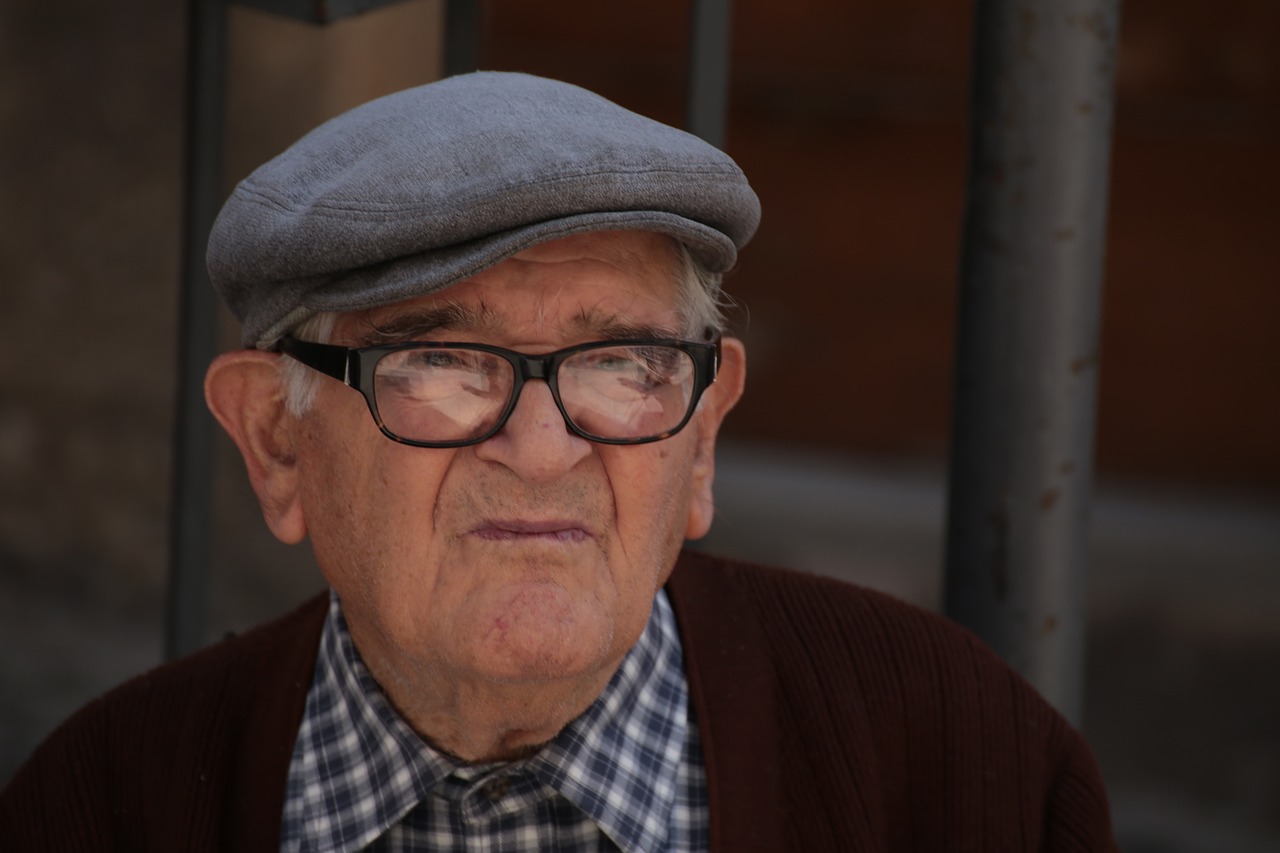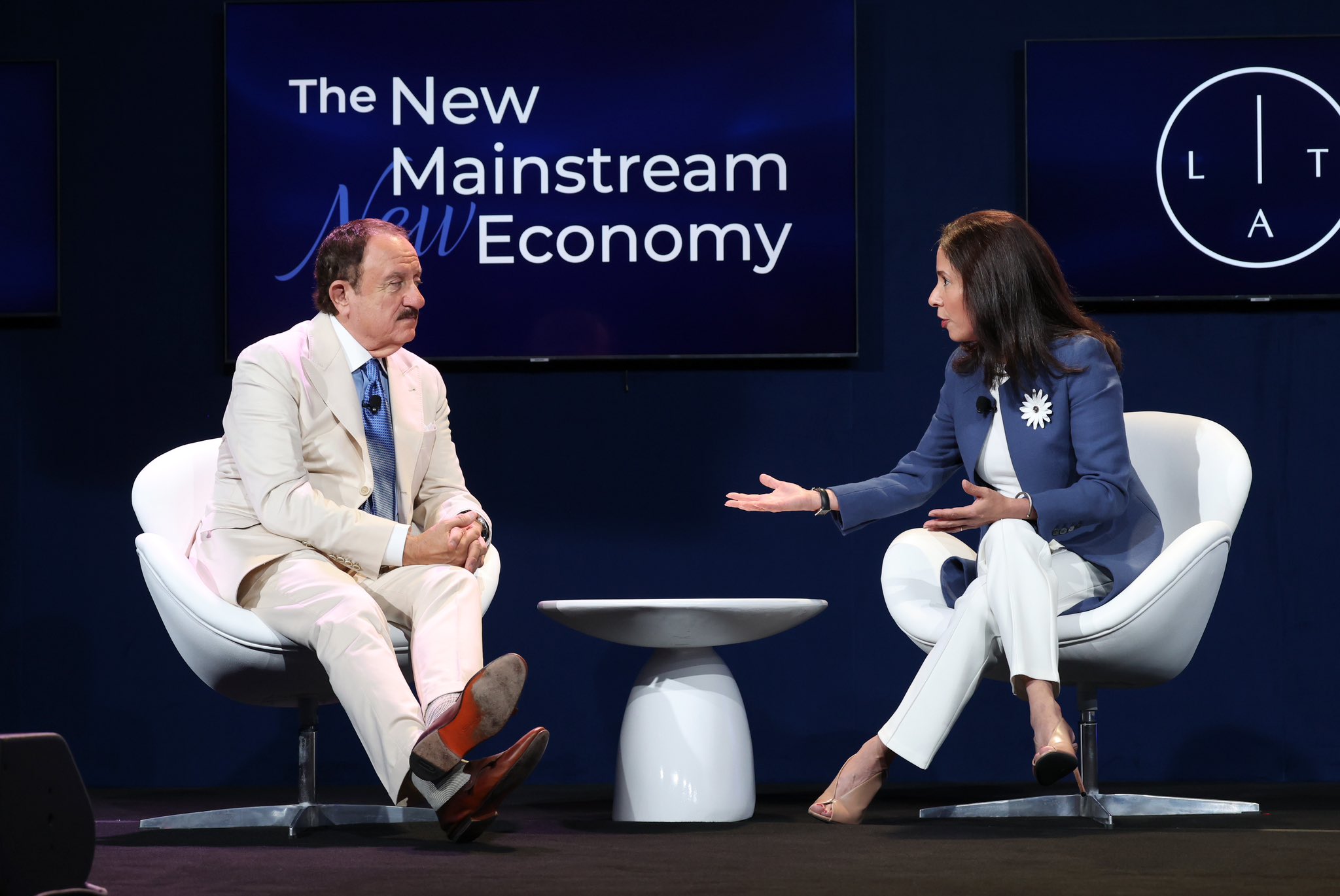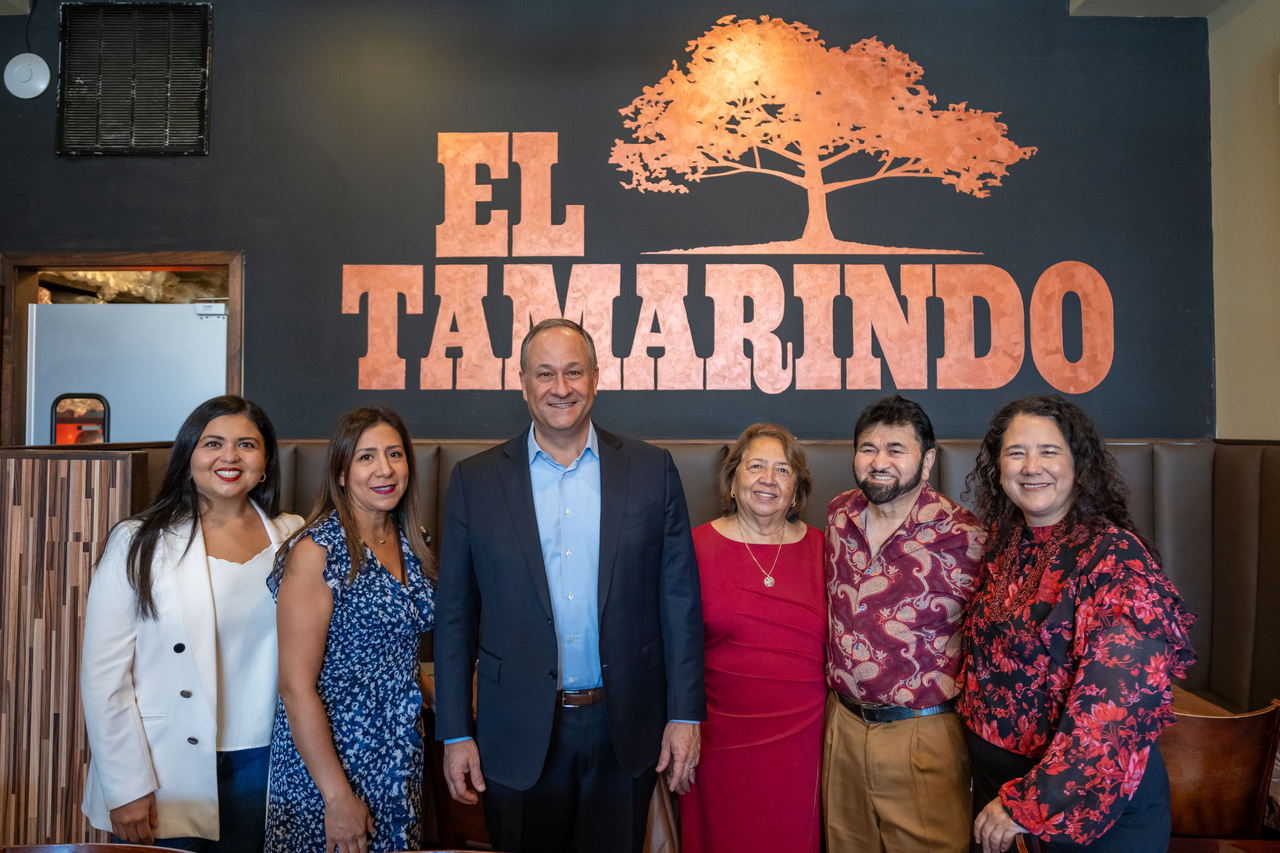
Impacting social change through infographics: Jessica Bellamy’s artistic approach
Jessica Bellamy has combined her background in information and design to engage the topic of social change, as it pertains to African Americans and people of…
As early as high school, Jessica Bellamy knew she wanted to pursue a career in an artistic realm.
It was around that time that she learned about the concept of stereotype threat, which refers to the feeling that people of color may feel at risk of conforming to the stereotypes seen about their social group over a period of time.
This concept related to the way in which Bellamy would often see other African Americans portrayed in mainstream media.
“I didn’t see many people of color. When I did, they were predominantly negative representation,” she said.
This realization strengthened Bellamy’s desire to pursue a professional career in art, but involving the representation of African Americans.
To this end, in college Bellamy triple-majored in Pan-African Studies, Drawing and Graphic Design, and minored in communications.
With Pan-African Studies, she was able to find different opportunities to raise cultural competency relating to stereotype threat. With drawing and graphic design, she aimed to encourage people to have dialogue about the topic with the use of images and visuals.
After graduating, Bellamy spent several years working as a research analyst, while also doing community organizing work. She was able to apply her refined skills in data organizing, data collection and design in order to create simplistic ways of using data to address complex topics for community members to be able to advocate for their own needs.
In 2015, Bellamy started her own agency — the Grassroots Information Design Studio (GRIDS), a research-based design studio that focuses on creating conscious and responsible design, and inspiring mindful collaborations between research analysts, geographers, designers, community organizers and activists through things like infographics, interactive PDFs, animated graphics and videos.
“Creating access and information has been the foundation of why I continue making visuals,” said Bellamy.
After gaining a following for her work in engaging communities of color, someone reached out to Bellamy with the prospect of applying for the Adobe Creative Residency program. After learning about the details of the program, she decided to apply in 2017.
Upon learning of her acceptance into the program, Bellamy said, “I felt extremely validated in my craft and I felt really excited to explore new ways that I could do information design and share that with other communities nationally.”
She did just that during her residency.
During the first half of her time as an Adobe Creative Resident, Bellamy created a series called “Designing From the Margins,” which looks at the intersection between people of color and the design community. This project allowed her to use her design skills to analyze design culture, spotlight designers of color and discuss power dynamics within the design industry.
The other half of Bellamy’s time as a resident was primarily spent teaching others in the creative community how to create and use information design, but within her unique approach.
RELATED CONTENT
“I’m guided by specific data equity principles and social justice principles, so building in that conscious and responsible methodology that I use into the work was something that I really wanted to impart onto the larger creative community,” said Bellamy.
Her first presentation was received so positively that she was invited to do more presentations at Yale, Carnegie Mellon and UCLA, as well as a number of other conferences across the United States and internationally.
Bellamy looks back very fondly about her time as an Adobe Creative Resident. Due in large part to her external mentor during her residency, social entrepreneur and equity designer Antionette Carroll, Bellamy was able to push herself to be assertive and direct about the way she approached and addressed her work.
“I also had the opportunity to be in spaces with other creatives who were doing all sorts of work, and be exposed to new technologies; a lot of things that I probably would not have been exposed to before,” she said.
“I definitely got a broader network and I was able to meet other creatives of color across the nation, and see what they were doing and be inspired by so many projects that I had no idea existed,” she continued.
Since her residency ended in 2018, Bellamy has continued traveling both nationally and internationally to impart her knowledge, meet and speak with other creatives of color and engage in philanthropic work in finding creative ways to impact social change.
The meaning of creativity can vary from person to person. With so many different areas of focus that comprise the vast artistic spectrum, that much is clear.
However, when it comes to the intersection between art, design and other topics — such as social justice, for example — where one begins and the other ends isn’t easy to define.
With Bellamy’s approach, she uses visuals to get her point across because, she said, “with visuals, you get stronger comprehension from your viewer.”
In addition, with today’s digital landscape, many people are more able to interact and engage with what they see, experience and read.
“When you’re trying to push a social change initiative, I think there should be a visual element to it because the conversations themselves, though they’re the core of the work, they have to be cultivated in a very intentional way,” said Bellamy.
Social change ties into the intention of solving an existing problem, which relates to Bellamy’s definition of what it means to be creative.
“When it comes to what creative means to me, it’s just literally your ability to come up with alternative solutions… which doesn’t require you to have an artistic or aesthetic skill,” she said. “It’s more about critical problem-solving… everyone has the ability to do it.”











LEAVE A COMMENT:
Join the discussion! Leave a comment.